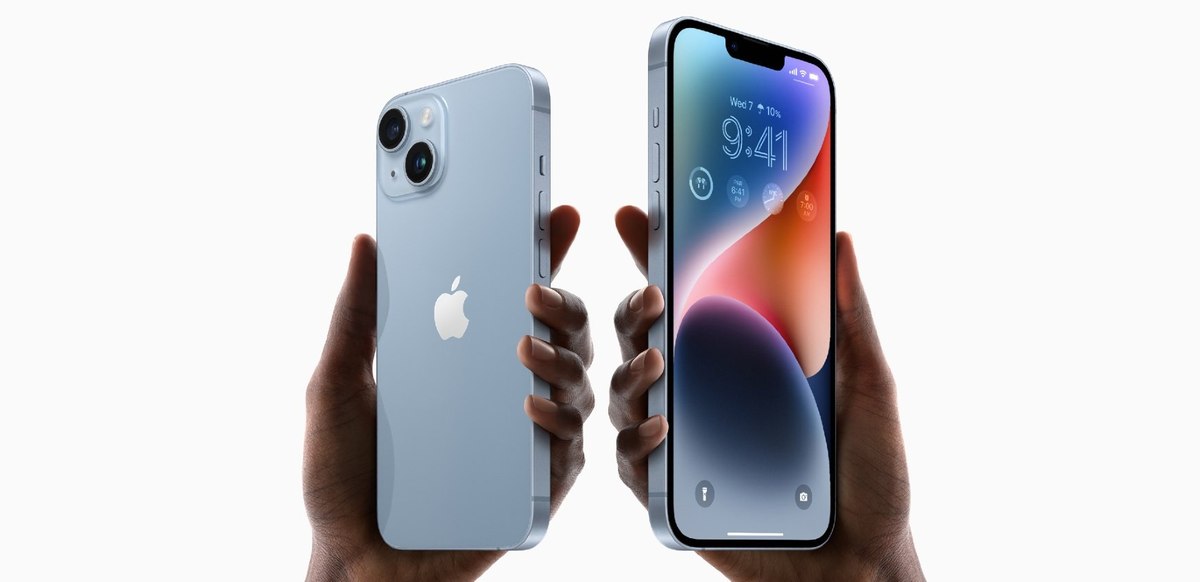
How Apple Sports app will captivate iPhone users
Apple recently launched the Apple Sports app – an integrated platform for looking at scores, betting odds, and live sports streaming. This development follows the introduction of ESPN Bet, which has gained recognition in the market.
Research from YouGov Profiles may indicate a potential market for the Apple Sports app, as iPhone owners are 30% more likely to cite sports as one of their primary interests, compared to the general US adult population (55% vs. 41%). Additionally, about 6% of iPhone users have engaged in online betting at least once a month, which is higher than the 4% average among all Americans. iPhone users display a particular fondness for betting on American football (15%), basketball (15%), and soccer (14%), which is similar to the preferences observed in the wider population.
When it comes to sports streaming, iPhone users show a greater likelihood of utilizing Amazon Prime compared to the overall US adult demographic (21% versus 19%). Apple TV+ is the fourth most preferred option, following Hulu and ESPN+. This suggests that the Apple Sports app could present an opportunity for Apple to encourage users to gravitate more towards its streaming service by integrating sports content more seamlessly with its platform.
The introduction of the Apple Sports app reflects the brand’s strategic move to engage iPhone users by tapping into their strong interest in sports. With the potential to attract a significant user base already inclined towards sports and online betting, the app could not only consolidate Apple's presence in the sports streaming and betting market but also steer users towards its streaming services, enhancing user engagement and loyalty within its ecosystem.
Make smarter business decisions with better intelligence. Understand exactly what your audience is thinking by leveraging our panel of 20 million+ members.
Methodology: YouGov Profiles is based on continuously collected data and rolling surveys, rather than from a single limited questionnaire. Profiles data for the US is nationally representative and weighted by age, gender, education, region, and race.